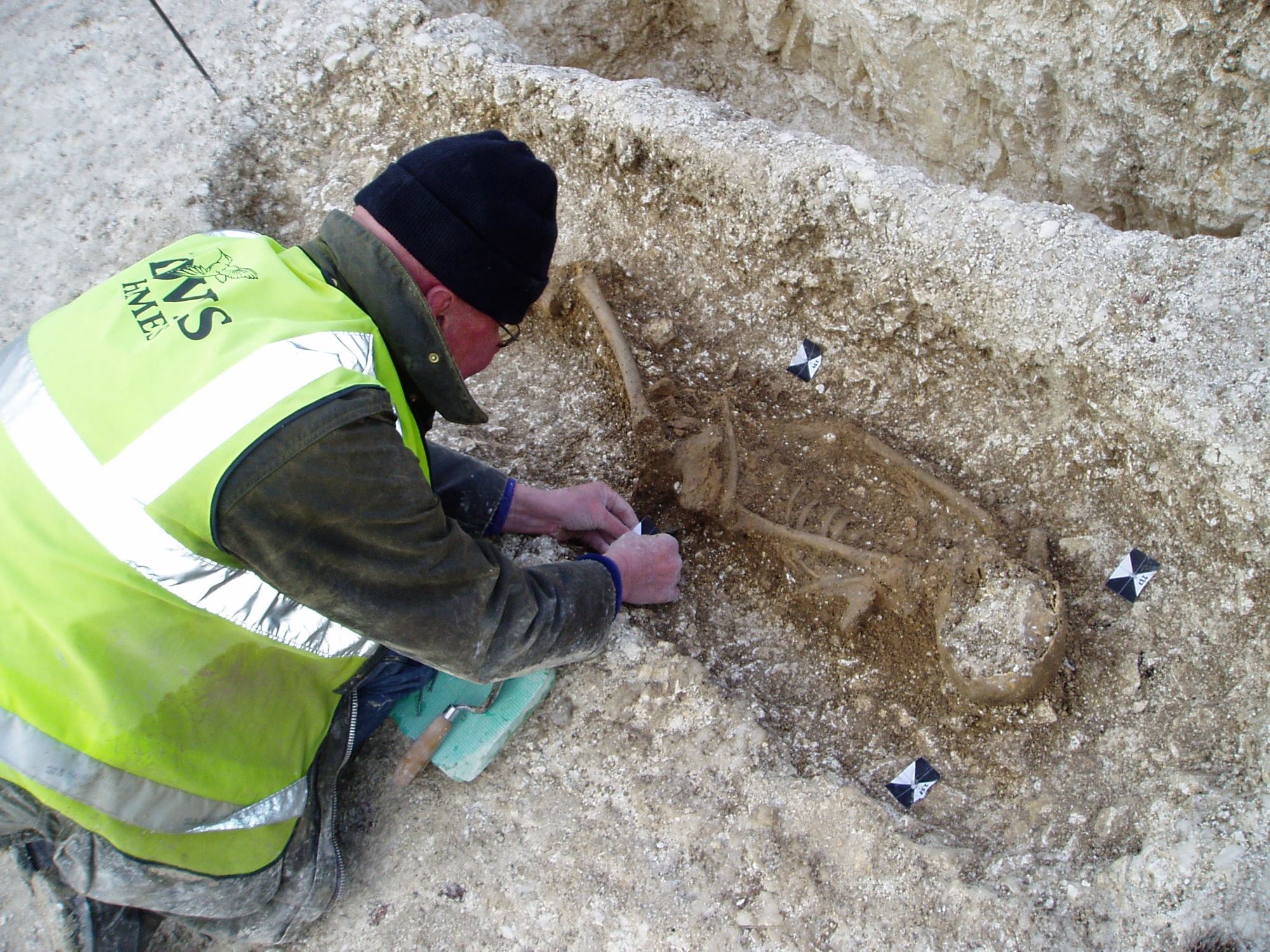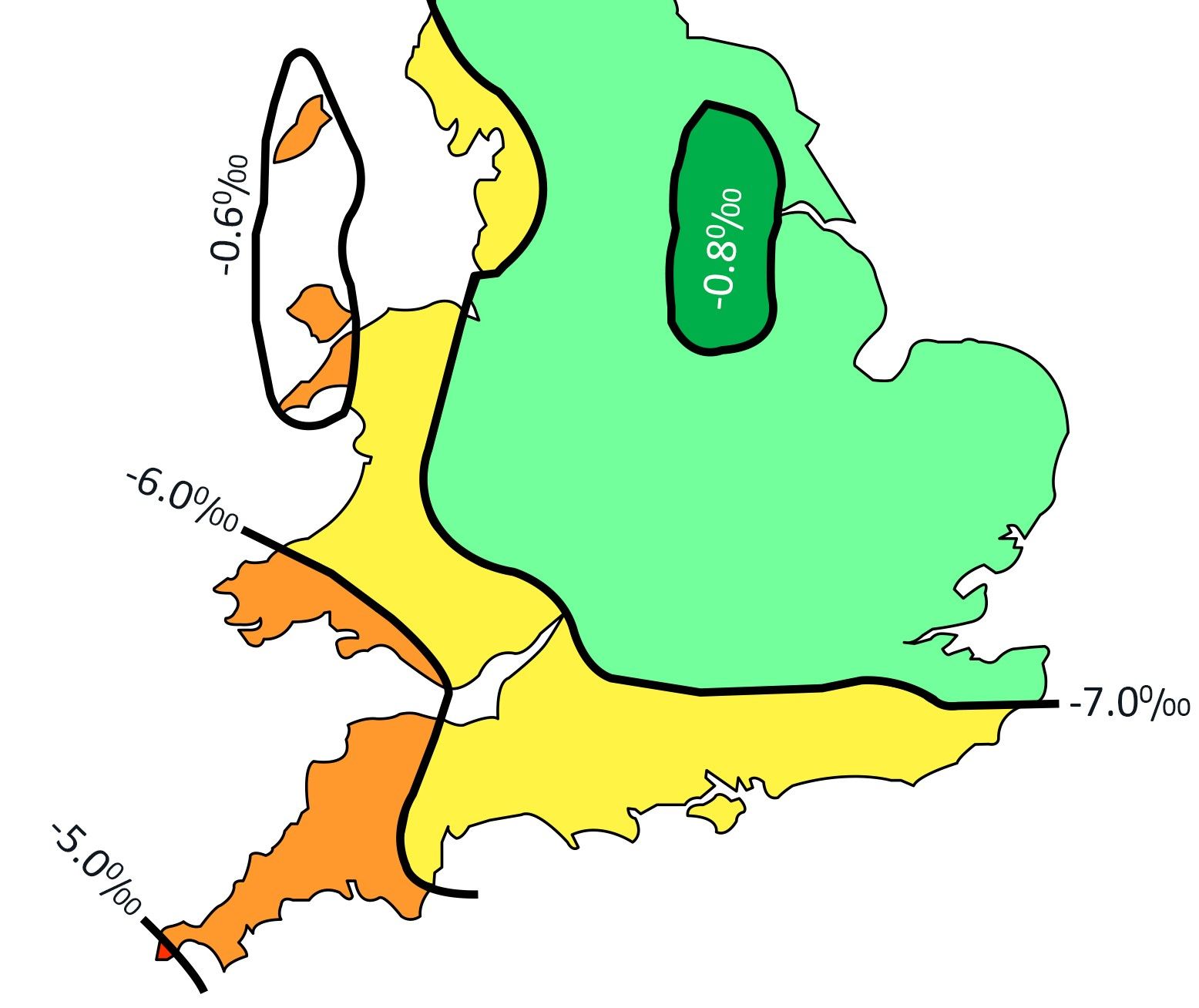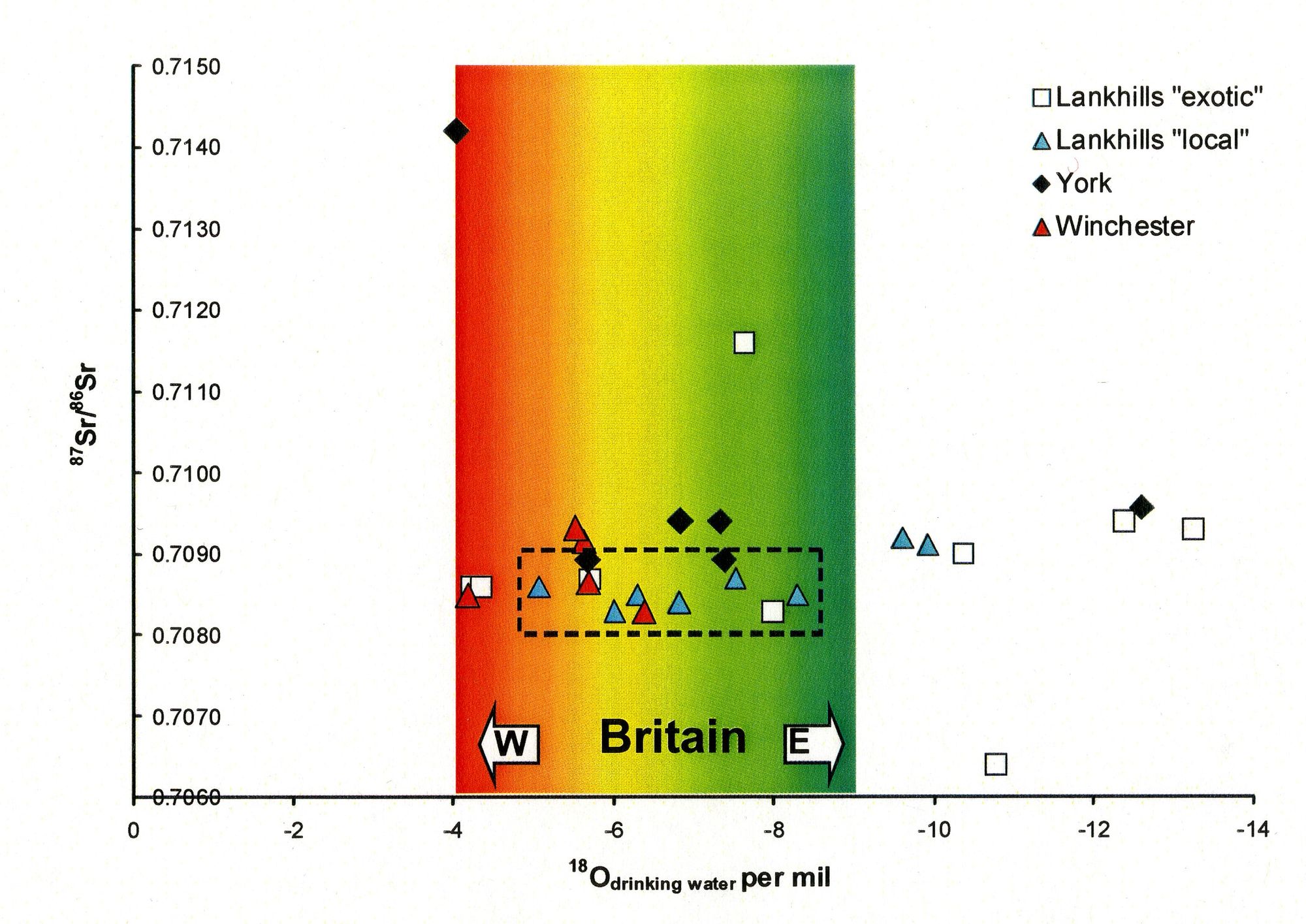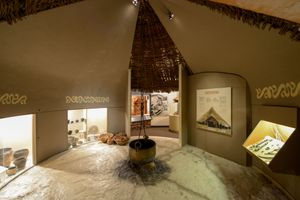Part seven of a nine part series of articles from Mark Barden, our Community Cultural Experience Manager here at Hampshire Cultural Trust, 'digging the dirt' on all things archaeology.
Episode 7: Yes, but what does it all mean? – Burials part 1
Archaeology provides clues about the past and care needs to be taken when interpreting them. It is often the case that the story they tell remains incomplete and open to a range of interpretations. It is the quest to fill in the gaps in the human story, to complete the puzzle, which makes archaeology such a fascinating activity for so many people.
Here are some stories, or interpretations based on the evidence, from an excavation of a late Roman cemetery at Lankhills School, Winchester.
There were extensive cemeteries outside the walls of Roman Winchester, Venta Belgarum, to the north, south, and west, from the 1st to 5th centuries AD. They included inhumations, where the complete body is interred, and cremations, with the remains interred in a pot.

Isotopes from food and drink can be absorbed into people’s teeth and bones as they develop in childhood and adolescence. These isotope ‘signatures’ vary from place to place, due to local geology and weather conditions and can reveal where a person grew up.


Isotope analysis of the bones from graves at Lankhills, together with other Winchester sites and Roman York, are plotted on this graph. This large sample allows us to identify those individuals who grew up locally, a range indicated within the dashed rectangle. A number of the samples on the graph are clearly from people who grew up away from Winchester, and may have originated in other parts of the Empire.
To be continued…
If you have enjoyed Culture on Call and you are able to make a donation, any support you can give will help us keep people connected.



